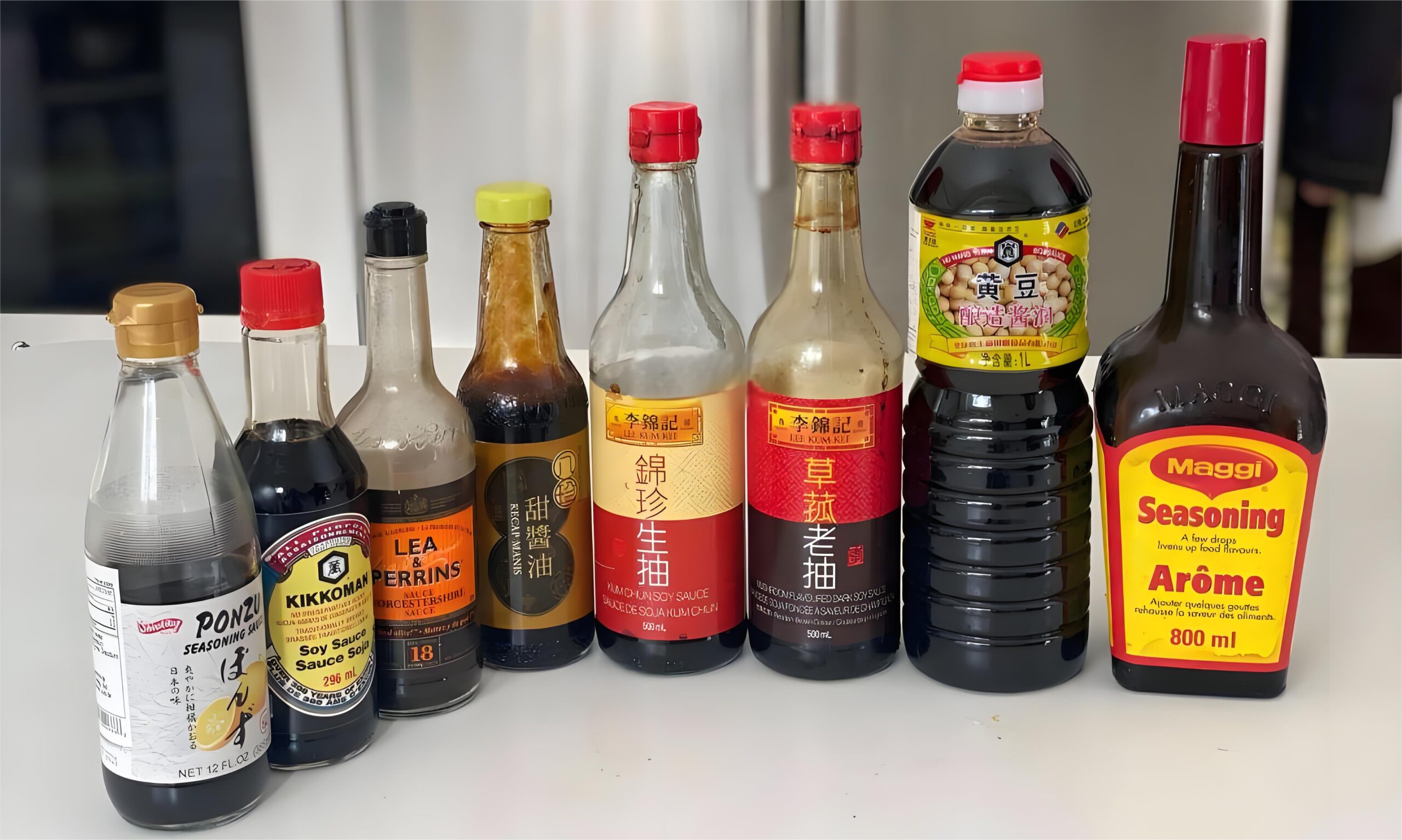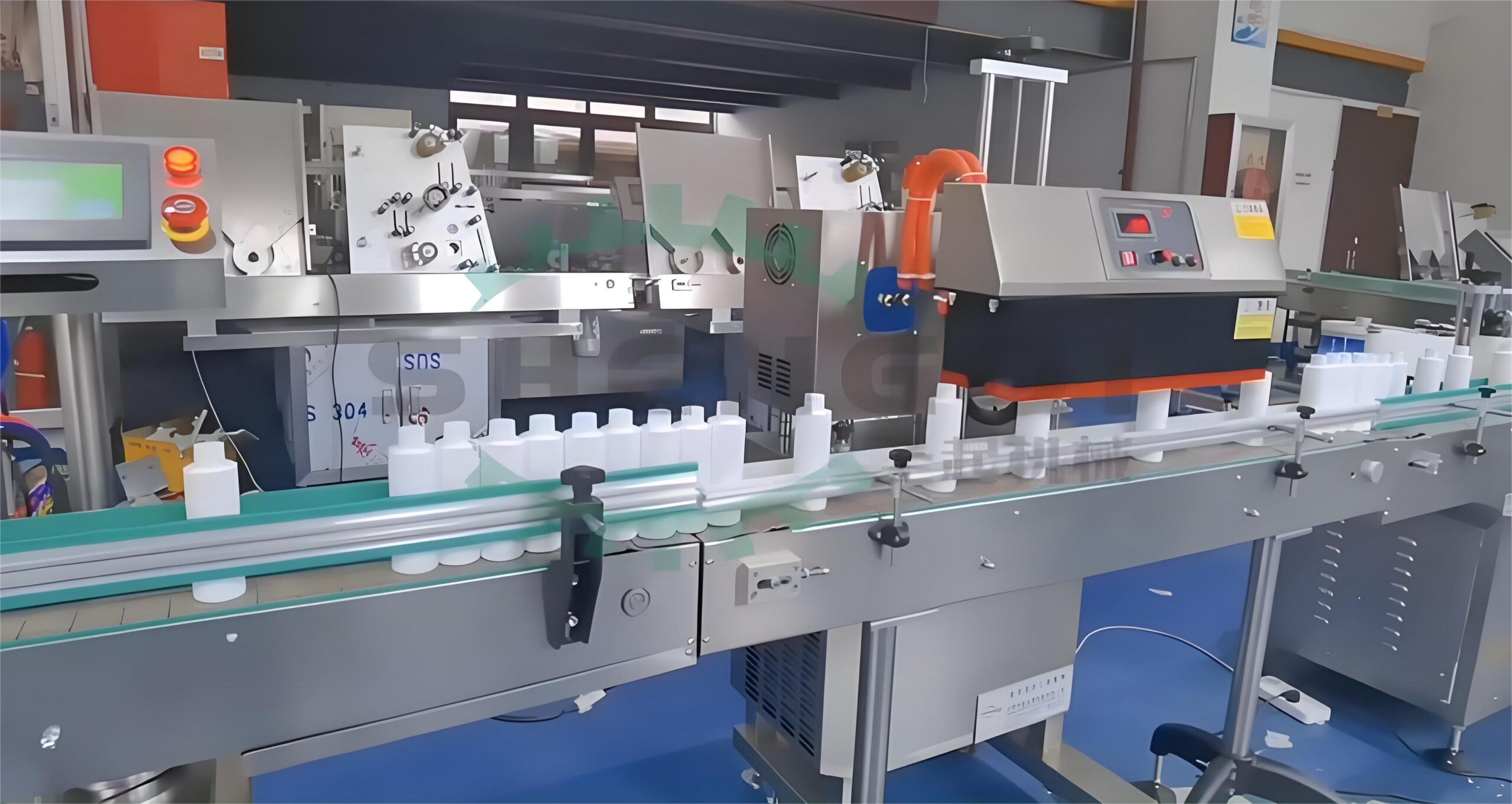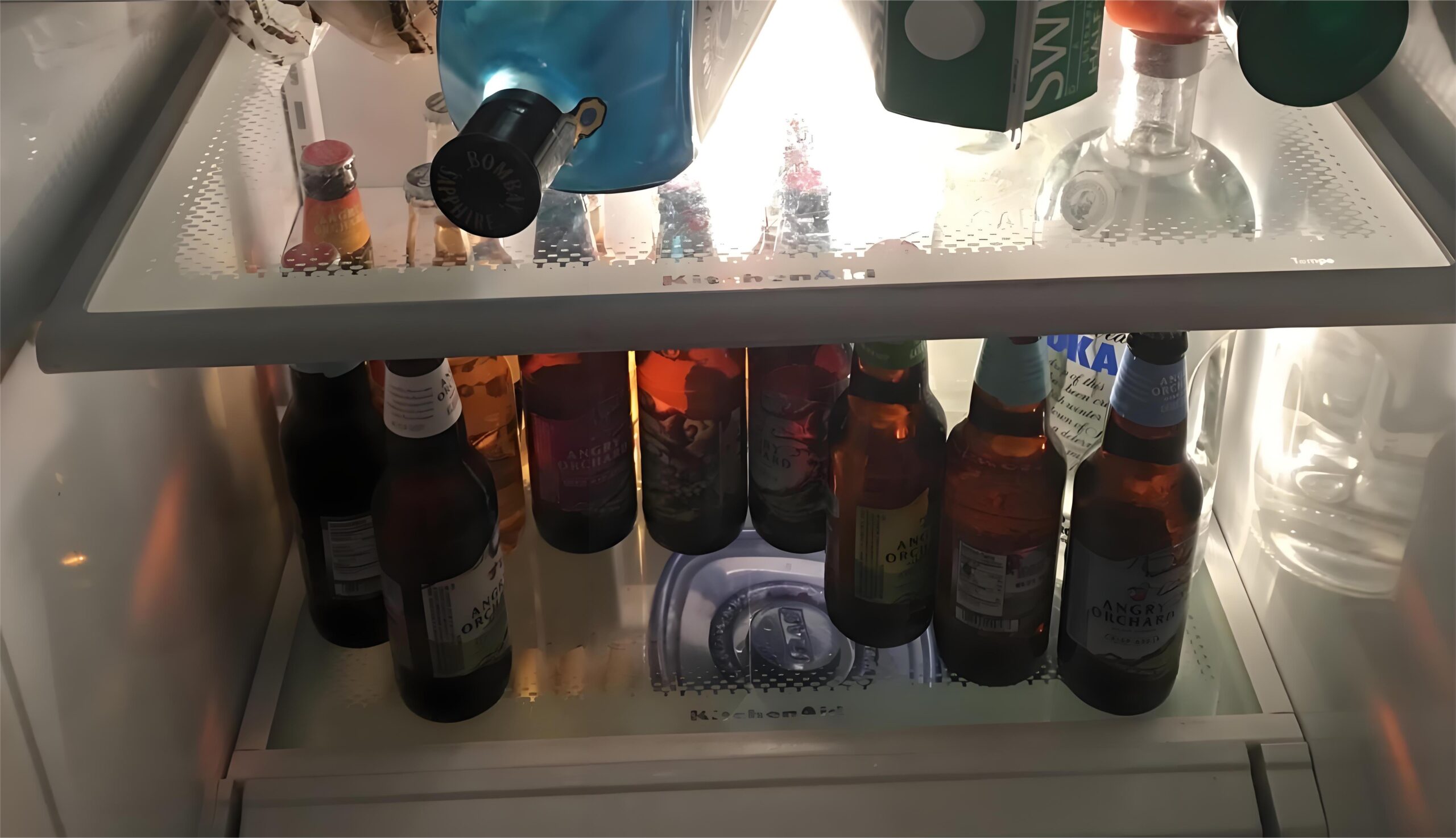Labeling adhesive is widely used in the food industry. Many manufacturers (such as condiment factories, beverage factories, beer factories, pesticide factories, etc.) use adhesive to stick labels on glass and plastic bottles, indicating product names and detailed parameters. Because oil-based adhesives are generally not environmentally friendly and most harmful to human health, hot melt, and water-based adhesives are used instead of oil-based adhesives for labeling. Next, we will share with you the parameter indicators of water-based label adhesive to help manufacturers choose water-based label adhesive:

1. Initial adhesive strength of glue
When the adhesive on the label comes into contact with the material to be bonded (such as glass, plastic, etc.) under slight pressure, the adhesive force of the adhesive on the material is called the initial adhesive force of the adhesive. After the initial adhesive force of the glue comes into contact with the material, it will immediately generate a strong adhesion force, which is beneficial for the label to adhere to the material. Adhesive with low initial adhesion strength, when in contact with the material surface, has weak adhesion and makes it easy for the label to move, which is not conducive to the overall aesthetics.

2. Adhesive strength of glue
When the adhesive penetrates the material to be bonded (such as glass, plastic, etc.), the adhesion that the label can obtain is called the bonding strength. The bonding strength depends on the adhesive force and permeability of the adhesive itself, the roughness of the material surface, environmental temperature and humidity, etc. The bonding strength is also a key indicator to measure the performance of the adhesive. This indicator can be used to determine whether the performance is excellent by the final material-breaking effect of the product after bonding.

3. The low-temperature resistance effect of glue
Because glue will gradually crystallize and harden into a solid as the temperature decreases, it can withstand the lowest operating temperature of the environment without losing its bonding function, which can be called the low-temperature resistance effect of glue. Because many factories cannot achieve a constant temperature in their production, the low-temperature resistance of the adhesive is also a key indicator.

4. The effect of low temperature resistance of finished products
The low-temperature resistance of the finished product refers to the temperature range that the label can withstand when adhered to the material with adhesive without losing its bonding effect. For conventional water-based adhesives, the application temperature range is between -20~120 ℃; The adhesive for rubber is between -40~80 ℃ (the actual temperature range depends on the material of the label, the surface condition of the material, and the ambient temperature). As the product ultimately flows into the market, it will face low-temperature and high-humidity environments. Therefore, manufacturers should determine the low-temperature resistance of the finished product based on its actual application location.

The above four key indicators are factors that manufacturers should consider when choosing suitable water-based label adhesives. If you have any further questions during the actual selection process, please feel free to consult with us.



